I have a circuit design coming together that uses either of 2 sockets to plug in a controller. The idea is to allow a user to enable either of the controllers to control a radio using SPI. In the design, the user is only allowed to plug in one controller or the other.
The SPI clock frequency is 25 MHz. I have 22 Ohm (changed to 33 ohm) resistors located at the source the SPI Signals.
The issue here is; in doing this, the SPI lines will always have an open circuit tail or stub trace (maybe 2-3cm) attached between from the radio to the unused controller socket. In the picture below, if the Controller-A is plugged-in and the SPI socket is not used, a short unconnected trace (stub) will exist on the board.
So the question is: will this short stub be of significant concern to SPI signalling or is it best to add selection jumpers. Is it common practice to not worry about these extra tails when they are electrically short like this? Selection jumpers add trace length and cost.
Here is a revised sketch of the situation with a little more detail. Based on the comments received, this appears to be acceptable so long as the stubs are electrically short. It seems to me the resistors at the ends of the stubs are of no concern.

